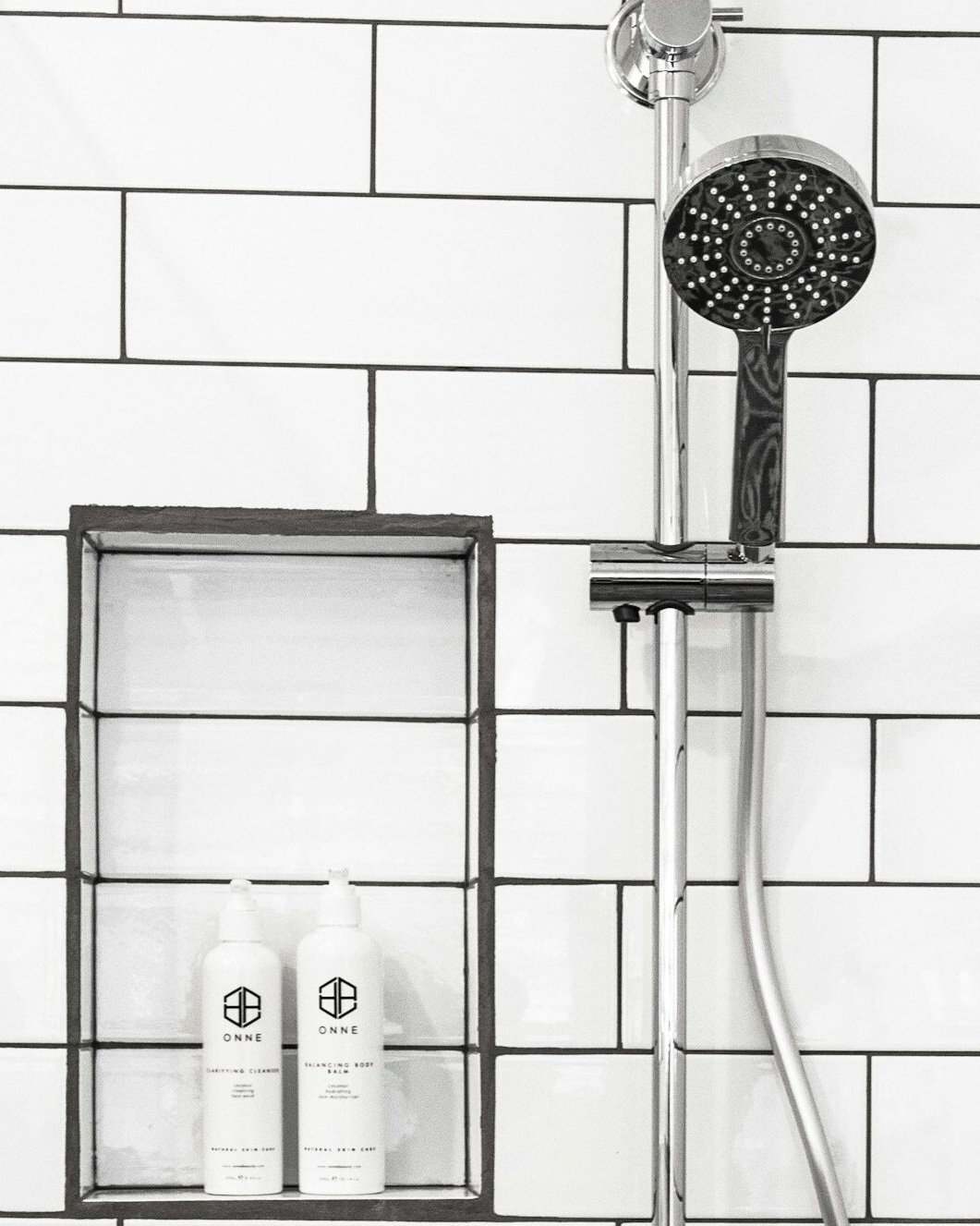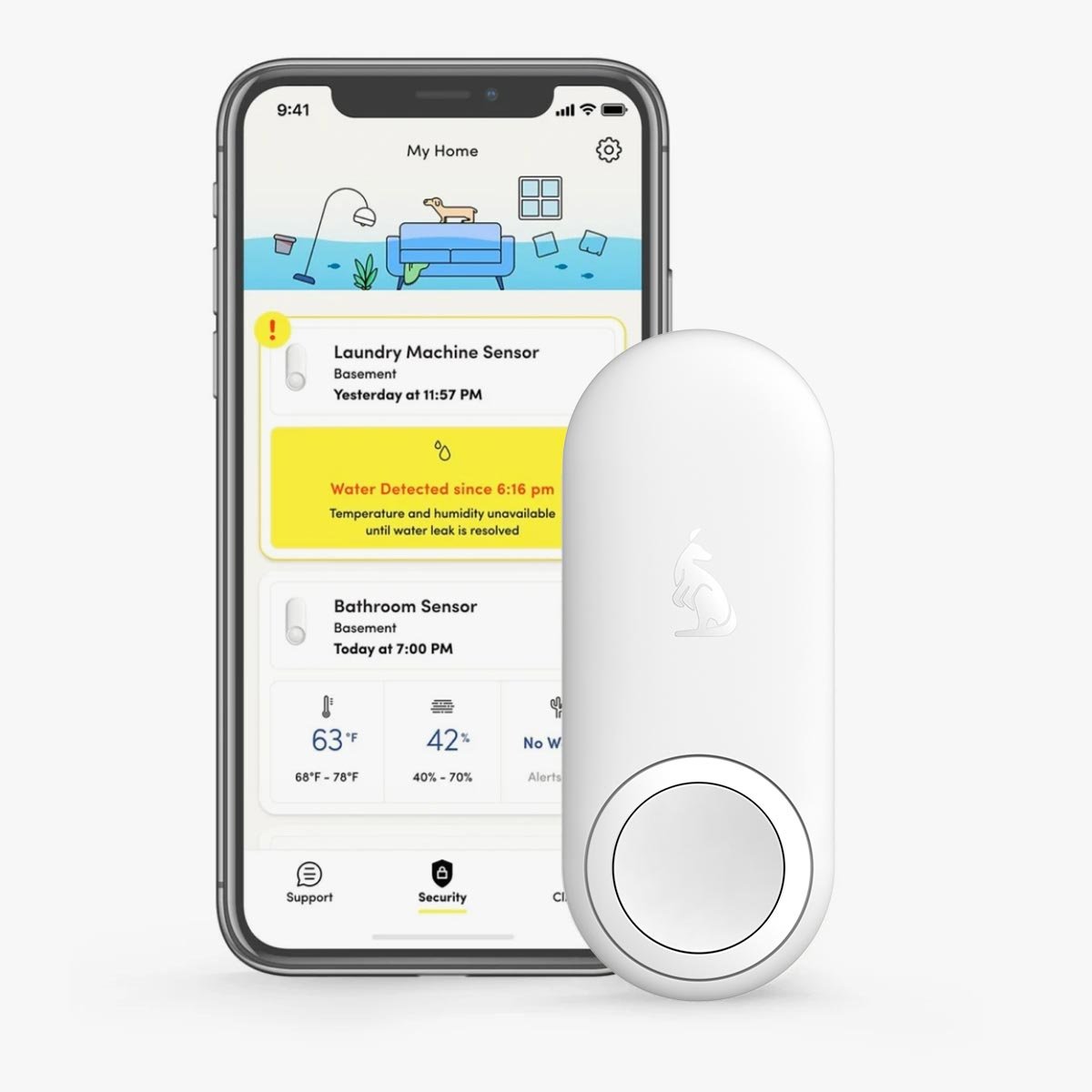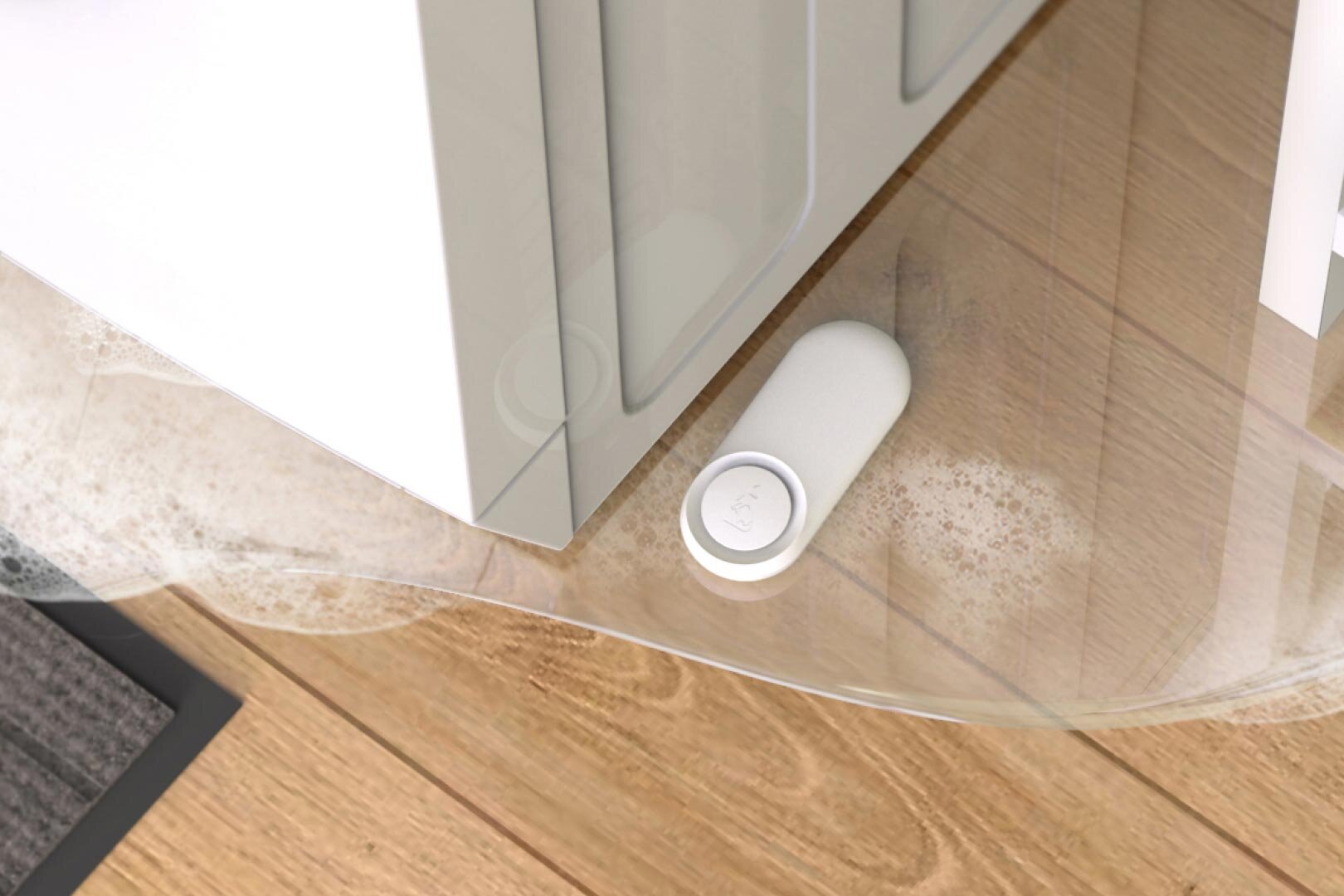7 Most Common Places at Home for Water Leaks
That faint dripping sound. A mysterious damp spot on the ceiling. A musty smell you can’t quite place. Nothing creates that sinking feeling for a homeowner quite like the suspicion of a water leak.
An undiscovered leak can lead to warped floors, hazardous mold, and catastrophic repair bills. But when you suspect a problem, knowing where to look and what to do first is critical. This guide is your action plan. We’ll start with the immediate emergency steps, then walk you through the seven most common hotspots for water leaks in any home.
Found a Leak? Here’s What to Do RIGHT NOW
If you see standing water or signs of an active leak, don't panic. Take these three steps immediately to minimize the damage.
Shut Off the Main Water Supply. Your main water shut-off valve is usually located in your basement, crawl space, or outside near your water meter. Turning this off will stop the flow of water and prevent the leak from getting worse.
Turn Off Electricity (If Necessary). If water is near electrical outlets, your breaker box, or appliances, shut off the power to that area immediately to prevent a risk of electric shock. Do not stand in water to do this.
Document and Contain. Safely mop or towel up as much water as you can. Take clear photos and videos of the leak's source and any damaged areas for your insurance claim.
7 Common Places at Home for Water Leaks
Now that the immediate emergency is contained, it's time to investigate. Leaks often start in predictable places.
1. The Bathroom
The bathroom is ground zero for household leaks due to its complex network of pipes, drains, and seals.
Warning Signs: Dripping faucets or showerheads, water pooling around the toilet base, discolored or soft spots on the floor or the ceiling below.
Your Action Plan:
Toilet Test: Add a few drops of food coloring to the toilet tank. Wait 15 minutes without flushing. If color appears in the bowl, your flapper seal is leaking.
Check Connections: Inspect the water lines behind the toilet and under the sink for drips or chalky white mineral deposits.
2. The Laundry Room
Washing machine supply hoses are under constant high pressure, making them a major failure risk.
Warning Signs: A damp or musty smell behind the washer, puddles on the floor after a cycle, visible bulging or cracking on the water hoses.
Your Action Plan: Carefully pull the washer away from the wall to inspect the hot and cold water hoses. Look for drips at the connection points and any signs of wear. Pro Tip: Replace standard rubber hoses with durable, braided stainless steel lines every 5 years.
3. The Attic
Leaks that start at the roof often show up in the attic first, long before you see a stain on your ceiling.
Warning Signs: Damp or discolored insulation, dark stains on the wood rafters, a musty smell after it rains.
Your Action Plan: After a heavy rain, safely inspect your attic for any of the signs above. This can give you early warning of a failing roof, flashing, or vent pipe seal.
4. The Kitchen
From the sink to the dishwasher, the kitchen is another prime location for hidden water trouble.
Warning Signs: Puddles under the sink, a warped cabinet floor, water at the base of the dishwasher or refrigerator, a musty smell you can't air out.
Your Action Plan:
Under the Sink: Empty the cabinet under your sink and place a dry paper towel down. Run the water and check the paper for damp spots from the pipes, drain, or garbage disposal.
Appliance Check: Inspect the water line connected to your refrigerator’s icemaker and the hoses at the base of your dishwasher for moisture or kinks.
5. Water Heater
A leaking water heater can release dozens of gallons of water in a short time, causing a major flood.
Warning Signs: Puddles or rust-colored stains around the base of the unit, dripping from the pressure relief valve, or sizzling sounds.
Your Action Plan: Regularly inspect the entire unit, including the pipe connections at the top and the valve on the side. If you see signs of tank corrosion or a persistent leak, it’s a strong signal your unit may need professional repair or replacement.
6. The Basement & Crawl Space
Because they are "out of sight, out of mind," small leaks in basements can go unnoticed until they become huge problems.
Warning Signs: Damp spots on walls or floors, a persistent musty odor, white chalky residue on foundation walls or pipes, standing water near a floor drain.
Your Action Plan: Once a month, do a visual inspection with a good flashlight. Check all visible pipes for drips and examine the foundation where the water main enters your home. If you have a sump pump, ensure it is working correctly.
7. Behind Walls & Ceilings
The most insidious leaks are those inside your walls, often from shower plumbing or pinhole pipe leaks.
Warning Signs: Unexplained stains or discoloration on drywall, peeling or bubbling paint/wallpaper, a soft or spongy feel to the wall, the sound of dripping when no water is running.
Your Action Plan: These leaks are almost impossible to spot without seeing the signs. If you suspect a leak behind a wall, it’s best to call a plumber who can use tools like a moisture meter to confirm before cutting into drywall.
The Proactive Solution: Preventing the Next Disaster
Manually checking all these spots is a great start, but you can’t be on watch 24/7. For true peace of mind—especially in high-risk areas like the basement, laundry room, or while you're on vacation—nothing beats a smart water leak sensor.
The Kangaroo Water + Climate Sensor is your secret weapon. Simply place this small, powerful device on the floor near a potential trouble spot. The moment it detects as little as 1mm of water, it sends an instant alert to your phone via the Kangaroo app. It also monitors for dangerous temperature drops that can lead to frozen, bursting pipes.
“Found these on a great sale so bought three of them. Turns out it was the greatest $15 we could have spent. Caught a leak the next day that we were able to quickly repair.” - Anna, Verified Purchase
Instead of reacting to a disaster, you can prevent one.
Frequently Asked Questions (FAQ)
-
Leaks can happen anywhere there's plumbing, but some areas are more prone than others. Here are 7 key spots to keep an eye on:
Around the toilet: Check for leaks at the base of the toilet, under the tank, or around the flapper valve. A constantly running toilet is a giveaway and can waste hundreds of gallons of water (reflected on your water bill!).
Underneath sinks: The maze of pipes and connections under your sink is a prime location for hidden leaks. Look for any water pooling or dripping around the faucet valves, drain pipes, and hoses.
Near the water heater: Water heaters are susceptible to leaks, especially around the pressure relief valve and temperature control settings. Look for signs of corrosion or water damage on the heater itself.
By the washing machine: Washing machine hoses can deteriorate over time, leading to leaks that can quickly cause significant water damage. Inspect the hoses regularly for wear and tear.
In the dishwasher: Similar to washing machines, dishwashers can develop leaks around the hoses or door seal. Check for puddles of water at the dishwasher's base after running a cycle.
Behind the shower: The hidden plumbing behind your shower walls can be a breeding ground for leaks. Keep an eye out for discoloration, peeling wallpaper, or soft spots on the shower wall.
In the basement: Basements are prone to leaks due to foundation cracks or clogged drains. Look for damp spots, mold growth, or water stains on the floor or walls.
-
Here are some additional tips for leak detection:
Monitor your water meter: A sudden spike in water usage could indicate a hidden leak somewhere in your plumbing system. Most water meters have dials or a digital display that allows you to track water usage.
Inspect your faucets and showerheads regularly for drips or leaks. A slow drip might seem insignificant, but over time, it can waste a lot of water and money.
Pay attention to your water pressure. A sudden drop in water pressure could indicate a leak somewhere in the system. Conversely, high water pressure can also damage pipes and increase the risk of leaks.
Conduct a visual inspection of your pipes for signs of corrosion, bulges, or cracks. Exposed pipes in your basement, laundry room, or crawl space are prime candidates for such inspections.
-
Here's what to do if you discover a leak:
Turn off the water supply: The first step is to stop the leak from worsening. Locate the shut-off valve for the specific appliance or area where the leak is occurring.
Assess the damage: Once the water is off, contain any spills with towels or a mop to minimize water damage. Take pictures for documentation purposes.
Make temporary repairs (if possible): For minor leaks, like a dripping faucet, you might be able to fix it yourself by tightening a loose valve or replacing a washer.
Call a qualified plumber for complex leaks: For major leaks, hidden leaks, or leaks you're unsure about fixing yourself, call a professional plumber. They have the expertise and tools to diagnose and repair the problem properly.
-
Yes, leaks can lead to several other problems, including:
Mold growth: Leaks create a damp environment perfect for mold growth, which can cause respiratory problems and allergies.
High water bills: Even a small leak can waste hundreds of gallons of water, leading to a significant increase in your water bill.
Structural damage: Over time, leaks can damage walls, floors, and foundations if left unrepaired.
-
Here are some preventative measures to reduce the risk of leaks:
Schedule regular plumbing maintenance: This can help identify potential problems before they turn into leaks.
Insulate pipes in cold climates: This can prevent pipes from freezing and bursting.
Replace old or damaged appliances and hoses: As appliances and hoses age, they become more susceptible to leaks.
Consider using a leak detection system: The Kangaroo Water + Climate Sensor can alert you to any unexpected moisture, potentially indicating a leak before significant damage occurs.














Worried about a leak? Discover the 7 most common places for water leaks in your house, from the basement to the attic. Learn how to find them and what to do.